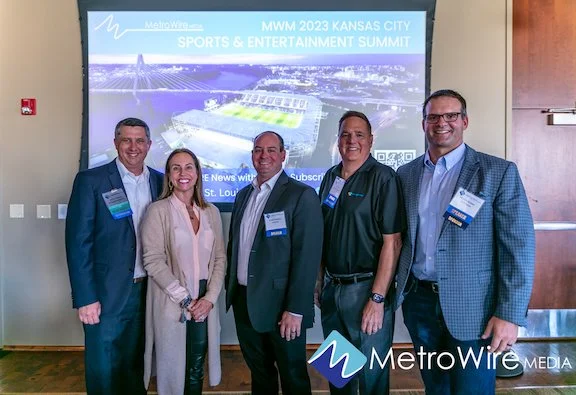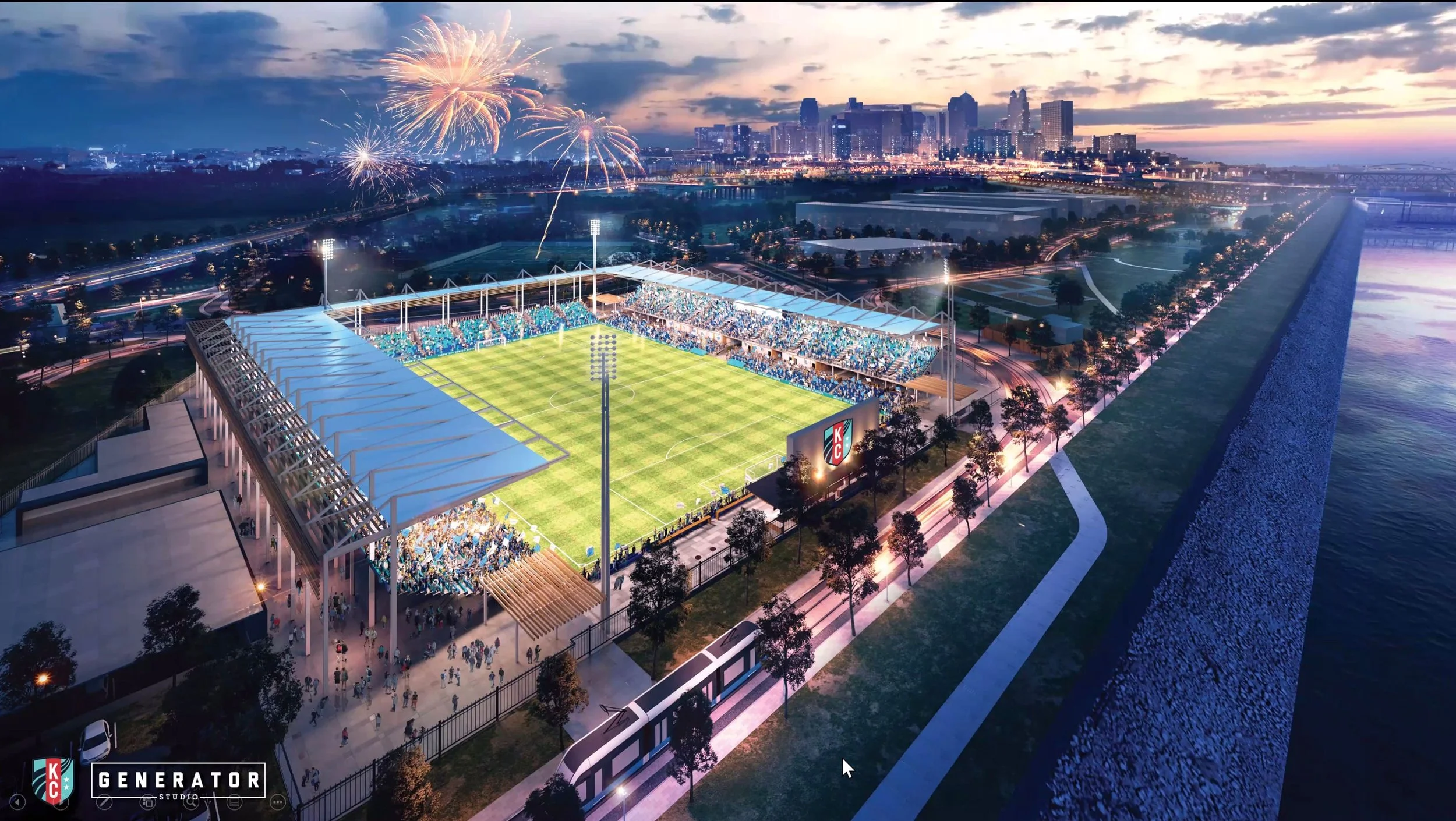Kansas City’s streetcar system is entering a new phase of growth, with extensions moving forward both south toward the University of Missouri–Kansas City (UMKC) and north to the Missouri River. Together, the projects represent a significant investment in transit and urban development, transforming how residents, students, and visitors navigate the city.
The Main Street extension will add 3.5 miles of track and 16 new stops stretching from Union Station to UMKC. Construction, which began in 2022, is nearing completion and includes a Plaza transit hub to enhance connectivity between regional routes. The expansion, backed by $352 million in local and federal funding, is scheduled to open Oct. 24. Streetcar officials have already begun running full-scale tests of the system to prepare for the launch.
To the north, a separate 0.7-mile extension is advancing from the River Market to Berkley Riverfront, an area slated for new housing, offices, and entertainment venues. Track installation and bridge work have been completed, and station shelters are in place. Service to the riverfront is expected to begin in early 2026, supported in part by federal funding for infrastructure improvements that will enhance pedestrian and transit access.
The expansions build on the success of the original downtown streetcar line, which spurred billions in nearby development within just a few years of opening. City leaders and project partners say the new connections will further drive investment, particularly around the Country Club Plaza, UMKC, and the riverfront. As Kansas City continues to grow, the streetcar is being positioned as a central piece of its economic strategy, linking key neighborhoods while attracting commercial growth along the line.
Header image: A conceptual rendering of a new KC Streetcar terminal at UMKC set to open next later this year. Image | KC Streetcar









